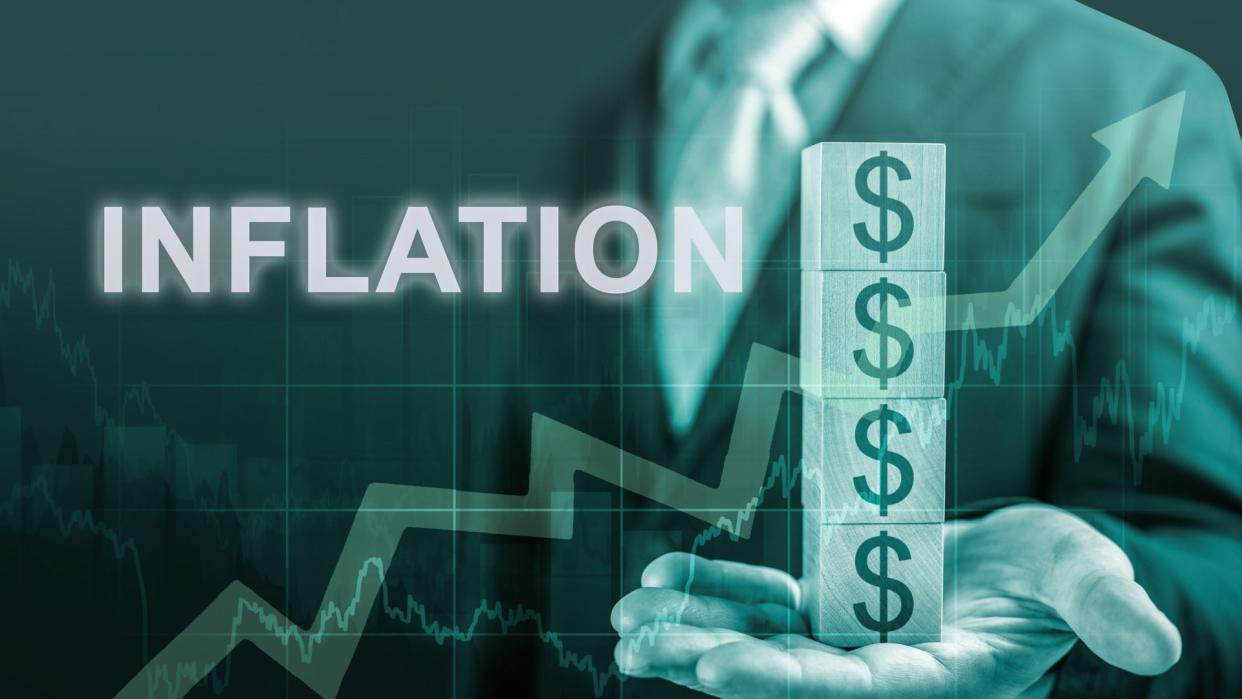Who Wants Inflation Relief? Experts Explain the Gender and Generation Discrepancy

Inflation battered our bank accounts in 2022, and though it’s slowing down some in 2023, prices are still untenably high for many Americans — and some would like to see more inflation relief from the government.
See the List: GOBankingRates’ Best Banks of 2023
Advice: With a Recession Looming, Make These 3 Retirement Moves To Stay On Track
According to a new poll from GOBankingRates, which has received over 2,700 responses, 53% of respondents said they personally need more inflation relief in 2023; 12% said others need it; 25% said they are not in favor of more inflation relief and 10% said they are not sure.
The poll breaks go further: 77% of women are in favor of inflation relief this year, with 67% saying they need it, and just 13% saying they are against more relief.
As for men, 52% are in favor, with 37% saying they need it. Thirty-eight percent of men say they are against more government assistance.
Additionally, the poll found that 69% of millennials say they need it; 44% of Gen Zers say they need it and 59% of those aged 65 and up say they are in favor of it, though just 45% of this generation say they need it themselves.
It’s pretty easy to see why most people (65% overall) favor inflation relief. But why the discrepancy between the sexes and age groups? GOBankingRates spoke with financial experts to learn what’s going on here.
Why People, Including Many Women, Are in Favor of Inflation Relief
“Many people are in favor of inflation relief as they see it as a way to offset the increasing cost of living,” said Andrew Lokenauth, founder of Fluent in Finance. “The rising cost of necessities such as housing, healthcare and food can strain the budgets of people with lower or fixed incomes, making inflation relief a way to improve their financial wellbeing.”
Take Our Poll: Are You in Favor of More Inflation Relief in 2023?
Women may be more in favor of inflation than men because they might do most of the shopping and budgeting and see the adverse effects of inflation on a more daily basis.
“In ‘traditional’ households, typically the mother in a family is the one who is on the ground purchasing the items for the family,” said Joshua Krafchick, founder at 369 Financial LLC. “So, [she] is seeing the increase in prices at stores.”
Additionally, women make less than men and thus are feeling the pains of inflation more.
“Women are paid less on average than men,” said Andrew Latham, a certified financial planner and the managing editor of SuperMoney.com. “Women are also overrepresented in jobs that pay less, and within these jobs women are paid less than men in the same positions. According to a recent study by the U.S. Census, women get paid, on average, 83% of what men get paid, which may lead to women expressing more concern about inflation.”
Why People, Including Many Men, Are Against Inflation Relief
The poll found that 25% of Americans are against inflation relief. Why?
“Some people are against inflation relief as they see it as a temporary solution that does not address the underlying causes of inflation,” Lokenauth said. “They argue that it may lead to decreased purchasing power of their money and contribute to a longer-term devaluation of their savings.”
Why are men (38%) more against inflation relief than women (13%)?
“The discrepancy between the sexes is likely due to a combination of factors such as differences in personal financial situations and societal expectations and norms,” Lokenauth said, adding that it likely goes back to the issue previously mentioned: Women earn less and therefore feel the effects of inflation more.
Note: ‘Inflation Relief’ Doesn’t End Inflation
This poll brings us to an important point about inflation relief: It doesn’t end or even alleviate inflation, even though it may temporarily help with the effects as felt by consumers. Why? It doesn’t solve the bigger problem.
“Inflation relief simply means more money is being added to the system to pay for goods and services,” said Rajat Soni, CFA, a personal finance expert. “At the same time, the number of goods and services in the system doesn’t increase. When consumers have more money, they consume more, eventually decreasing available supply. Once producers of goods realize that more money is being added to the system, they ask for more money in exchange for the same amount of goods. Goods become more scarce than the money used to pay for them. This means [the] buying power of the money they receive for their goods and/or services steadily decreases over time. We saw this during the pandemic: Production didn’t increase, but demand increased sharply.
“Inflation relief allows us to spend more money than we earn and produce today,” Soni continued. “This means demand for goods, services and energy increases in the present. Over the term where inflation relief is provided, prices will steadily increase because supply won’t be able to keep up with demand.”
In essence, we have a vicious cycle.
So, what will really solve inflation?
“If the government wants to truly provide inflation relief, it needs to create incentives for new productivity and business investment to make more stuff and increase supply, while simultaneously making dramatic cuts to spending and money creation,” said Joe Favorito, CFP at Landmark Wealth Management. “Unfortunately, neither is likely to happen anytime soon, which means the only thing that will bring down inflation is Federal Reserve policy, which is intended to bring the economy towards a recession as we work through all of this excess money that flooded the economy.”
More From GOBankingRates
This article originally appeared on GOBankingRates.com: Who Wants Inflation Relief? Experts Explain the Gender and Generation Discrepancy


